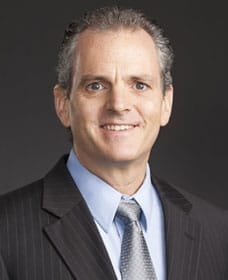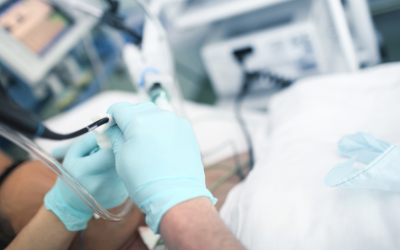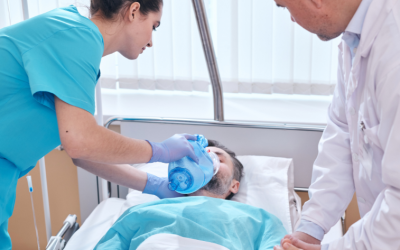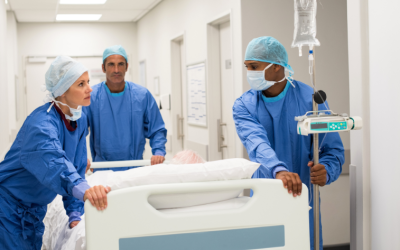 Shoulder pain can affect every action of the day, from combing your hair and getting dressed, to getting in and out of the car and going to sleep at night. The rotator cuff is the set of four muscles that come together at the top of the shoulder, attached to the bones by tendons. If one of those tendons develops a tear, which is common in people over the age of 50, everyday activities can become very painful.
Shoulder pain can affect every action of the day, from combing your hair and getting dressed, to getting in and out of the car and going to sleep at night. The rotator cuff is the set of four muscles that come together at the top of the shoulder, attached to the bones by tendons. If one of those tendons develops a tear, which is common in people over the age of 50, everyday activities can become very painful.
“A rotator cuff injury can be caused by all kinds of things, like bone spurs or injuries. People develop rotator cuff tears over time, or sometimes from a single event,” said Dr. Paul Brady, an orthopedic surgeon at Parkwest Medical Center.
“Sometimes people know exactly when it happened, but more often it’s a cumulative trauma over time,” said Brady. “I typically tell patients that when it’s interfering with activities, and particularly with sleep, it’s time to seek treatment.”
Surgery is not the first option, said Brady. “We usually try injections to calm down the inflammation and physical therapy to strengthen the muscles. But if it’s fully torn, then usually surgery’s the best option. Full tears have a hard time healing on their own.”
The good news is that with surgery – whether to repair the torn muscles or totally replace the joint – most patients can regain almost full movement in their shoulder without pain. “I usually tell patients in general, 90 percent of patients get what they consider to be close to normal shoulder when it’s all said and done, about four to six months after surgery,” said Brady.
“Sometimes people know exactly when it happened, but more often it’s a cumulative trauma over time … when it’s interfering with activities, and particularly with sleep, it’s time to seek treatment.” – Paul Brady M.D., on rotator cuff injuries
Brady said he performs all rotator cuff repair surgeries with arthroscopic instruments using small incisions in the skin and utilizing a tiny camera inside the joint to see the problem.
“I fix pretty much everything arthroscopically,” said Brady. “It’s less invasive, less risky than open surgery; it decreases the risk of infection and developing stiffness later. And it allows the patient to go home quickly with less pain.”



